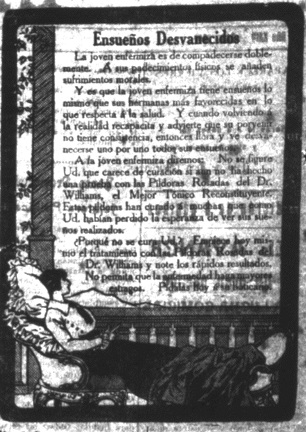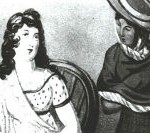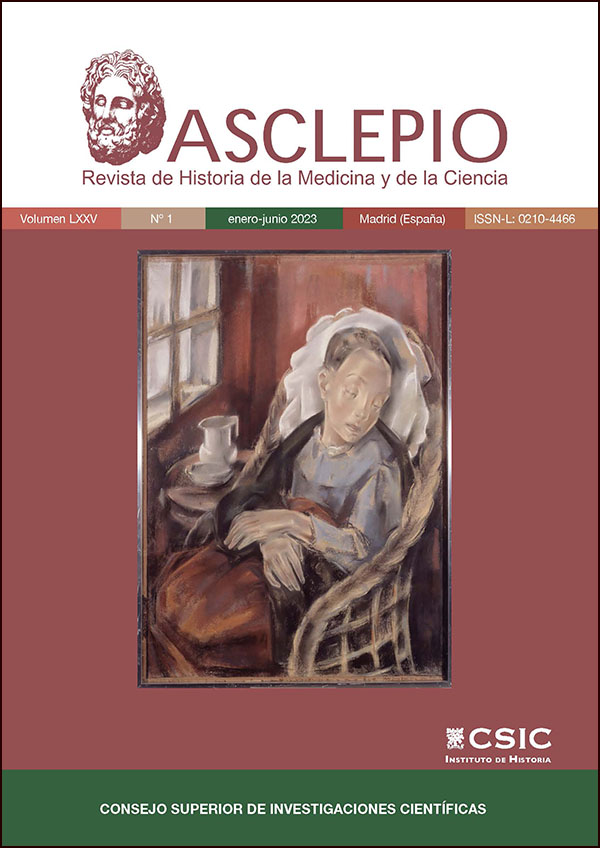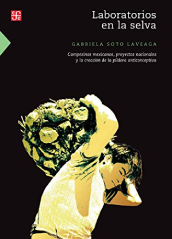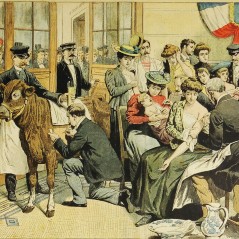Vivian Mannheimer | Blog HCS-Manguinhos
Edited by Marcos Cueto
Kapil Raj, historian of science at the École des Hautes Études en Sciences Sociales in Paris and author of the book Relocating modern science: circulation and the construction of knowledge in South Asia and Europe, 1650-1900, discussed the construction of science and knowledge in intercultural encounters in a lecture at Fiocruz that took place on August 14.
Kapil Raj talked about the circulation of knowledge and science interactions between European and local savants and health practitioners in 18th century colonial India.
According to Raj, it has been taken for granted that “Europeans picked what they could in these countries and theorized this knowledge with their own lens.” However, a science manuscript held at the Natural History Museum of London reveals s a fascinating intercultural encounter in the Malabar Coast, India, when Portuguese was used as a crucial language of communication for merchants, political authorities, and local elites.
This manuscript classified medicinal plants in Portuguese and in Malabar language, besides describing how these plants should be used to treat diseases ranging from gonorrhea to feet swallowing.
The Journal História Ciências Saúde – Manguinhos asked a few questions to the professor:
What can you say about the interaction between European and local medical knowledge?
Europeans came to Asia basically looking for spices and medicinal plants. Even spices are medicinal. So, medicine and botany are in a way the basis for the European expansion. Of course there were also luxury goods and cotton. But more than everything else, they were interested on spices. Because of that, much of the interaction between Europeans and other communities took place around botanical and medicinal knowledge.
Has something been produced with this interaction?
Yes. This interaction took place not between producers of the knowledge, but between merchants, traders. These groups also had their knowledge and were building it up because, after all, an exchange was taking place. So, Europeans were also bringing plants from elsewhere. We got the tomato, potato, papaya, mangoes and coconut. And there was a new knowledge, which came out of this exchange, made through interaction and through negotiation.






